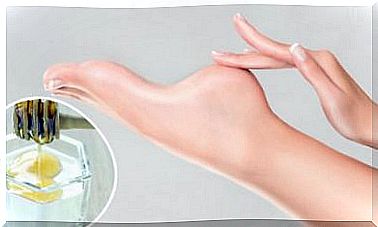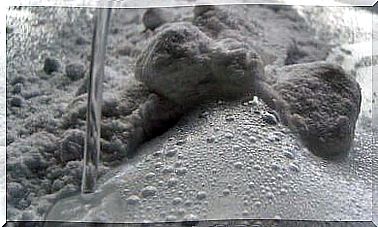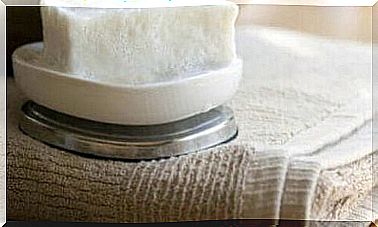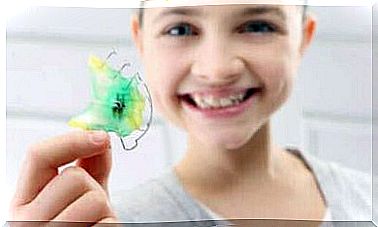Conjunctivitis In Children: What To Do

Conjunctivitis in children and adults is a disease that responds to inflammation of the conjunctiva. This transparent mucous membrane lines the eye and when inflamed causes itchy, red eyes. However, according to the US National Library of Medicine (Spanish link), it usually does not affect vision.
Contrary to popular belief, conjunctivitis can have many other causes besides bacterial infections. Other factors may include the following:
- Viruses
- Allergic Reactions
- Trauma
- Wearing contact lenses
- Even insomnia
In the case of children , it is also important to take extra care when dealing with the condition. A number of organizations warn that conjunctivitis is one of the most common childhood diseases. Don’t worry though, because we’re here to tell you how to deal with it.
What is conjunctivitis in children?
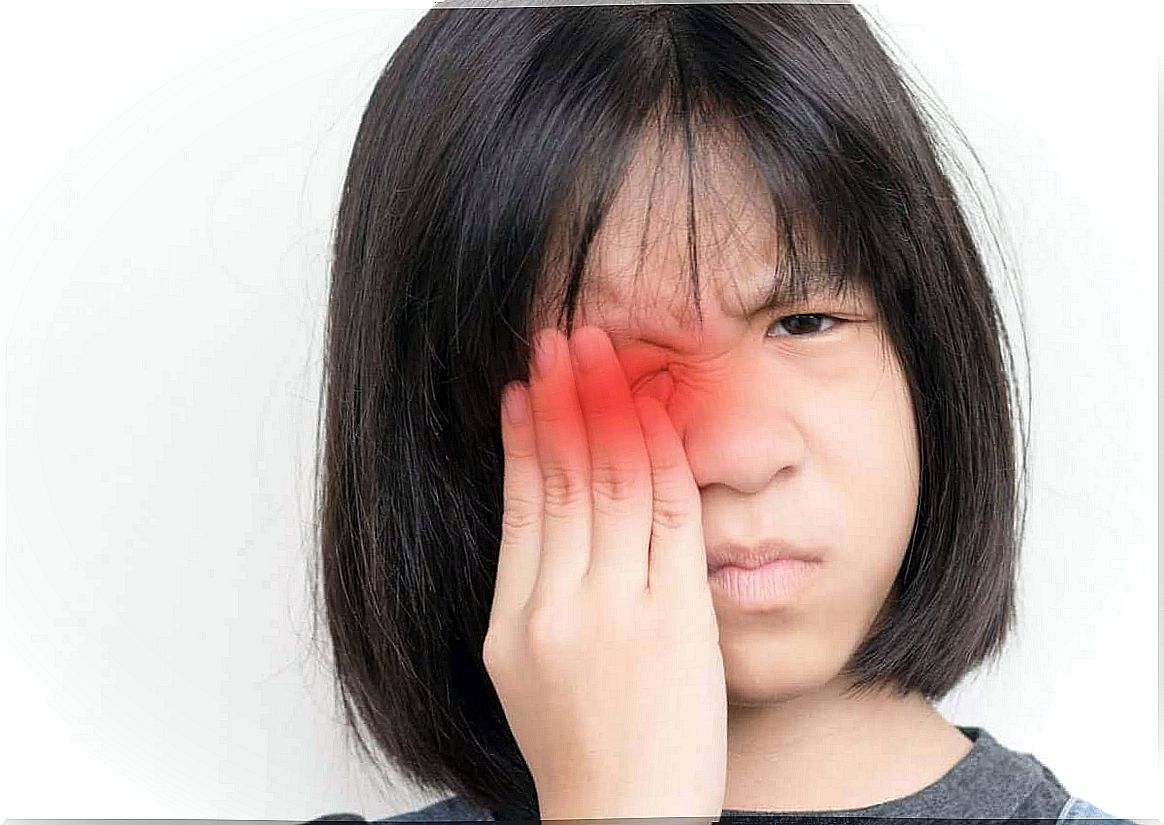
As we mentioned earlier, conjunctivitis refers to the inflammation of the conjunctiva in the eye. According to sources specializing in ophthalmology, it usually affects both eyes at the same time. However, it can also affect only one eye.
Scientific studies (Spanish link) show us that it is the most common eye disease in children between one and nine years. Of all pediatric visits for ocular discomfort, nearly 41% corresponds to conjunctivitis, while 30% is related to injury.
Symptoms of conjunctivitis in children
Once we’ve framed the nature of this disease and its prevalence in young children, it’s time to talk about how to detect it. Pediatric resources, such as Kidshealth (Spanish link), help us with this by listing the symptoms in children. These include:
- Red eye.
- Eye discomfort ( the child may say it feels like ‘sand’ ).
- Discharge out of sight.
- Pain and inflammation of the conjunctiva.
- Some children may experience swelling of the eyelids, as well as photophobia (direct light causes discomfort).
The Causes of Conjunctivitis in Children
As we mentioned, the causes of conjunctivitis don’t always have to do with infections. Cited sources and the National Eye Institute are investigating the various reasons that cause inflammation of the conjunctiva. Below we tell you more about it.
Bacterial conjunctivitis: the most common
Bacterial infection is by far the most common cause of conjunctivitis in children, occurring in 78% of cases. In adults, however, the statistics are different, as viruses cause about 36% of cases and bacteria 40%.
The microorganisms that cause this pathology are usually the same microorganisms that cause respiratory diseases or are found on the skin:
- Staphylococcus aureus
- Streptococcus pneumoniae
- Haemophilus influenza
- Moraxella catarrhalis
Viral Conjunctivitis
This is a much less common causative agent in young children, as viruses cause about 13% of conjunctivitis cases. Adenoviruses (ADV) cause up to 50% of viral conjunctivitis in children.
Other Causes of Conjunctivitis in Children
Not everything is a matter of viruses or bacteria. Here are some of the possible causes of conjunctivitis in children that we have yet to explore:
- Allergies: Allergies cause up to 2% of conjunctivitis cases in small children. They are typically seasonal and are usually associated with sinusitis.
- Foreign bodies: The entry of foreign elements into the eyes or the use of contact lenses can cause this condition.
- fungal infections
- Infections by amoebae
- Pollution: This can be internal or external, caused by pollution or chemical agents.
- Trauma, such as blows (Spanish link) and scratching the eyes.
Children are much less likely to develop this type of conjunctivitis. It is rare for small children to be exposed to toxic chemicals or wear contact lenses long enough to develop this condition.
home care
According to the Centers for Disease Control and Prevention (Spanish link), viral and bacterial conjunctivitis are highly contagious. So extreme caution is advised when handling a child with this condition. This consists of the following steps:
- Wash your child’s pillowcases, sheets, towels and other materials more often than usual.
- Do not use the infected child’s personal items.
When should you see a doctor
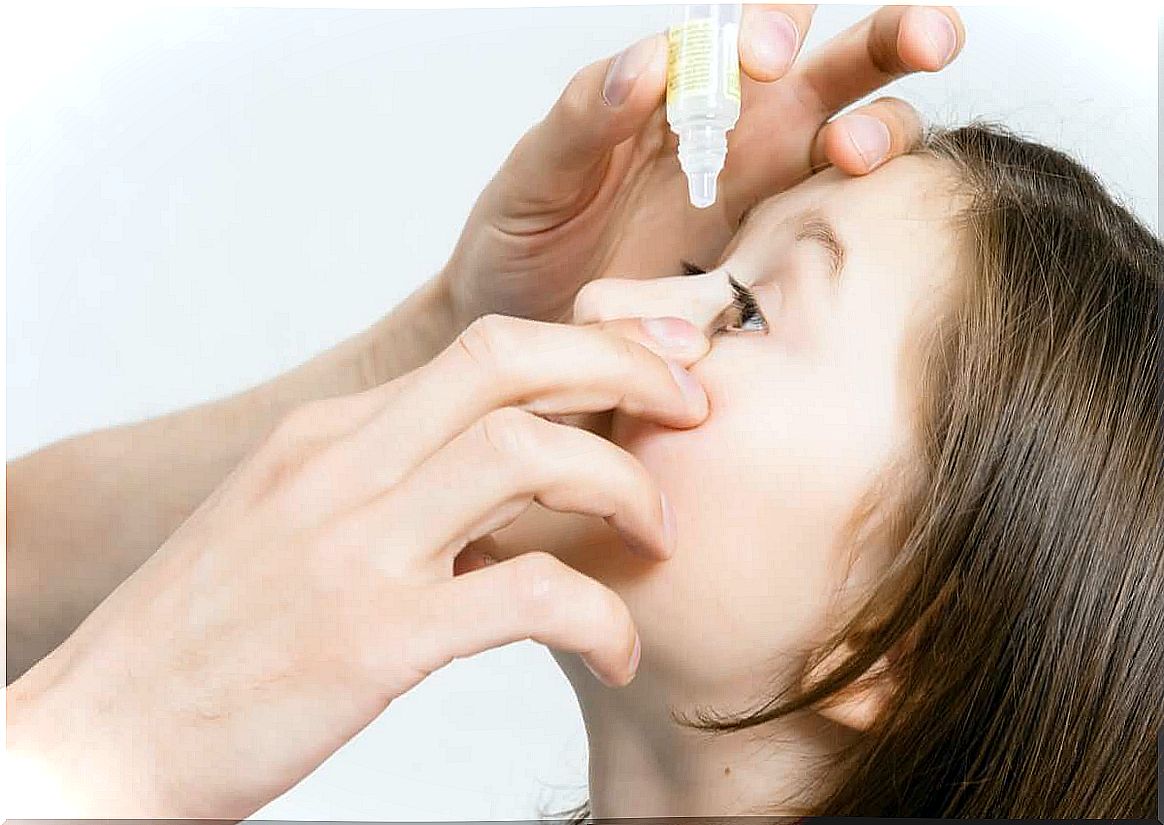
As indicated by pediatric organizations we have already mentioned, there are serious ocular pathologies that share symptoms with conjunctivitis. As relatively mild as this disease is, if a child complains of eye problems, then a visit to the pediatrician is really necessary.
Viral conjunctivitis usually goes away on its own. That is, it heals itself within a few days. On the other hand, bacterial conjunctivitis requires the use of antibiotics in the form of drops or ointments.
In case of conjunctivitis in children, do not self-medicate
Playing doctor at home is never a good idea. For example, it makes no sense to treat a case of viral conjunctivitis with antibiotics. It can also make the child’s condition worse.
A visit to the pediatrician is therefore the logical and responsible step if your child has eye problems. Not all eye pain has to do with conjunctivitis, so the diagnosis must be made quickly and accurately.


